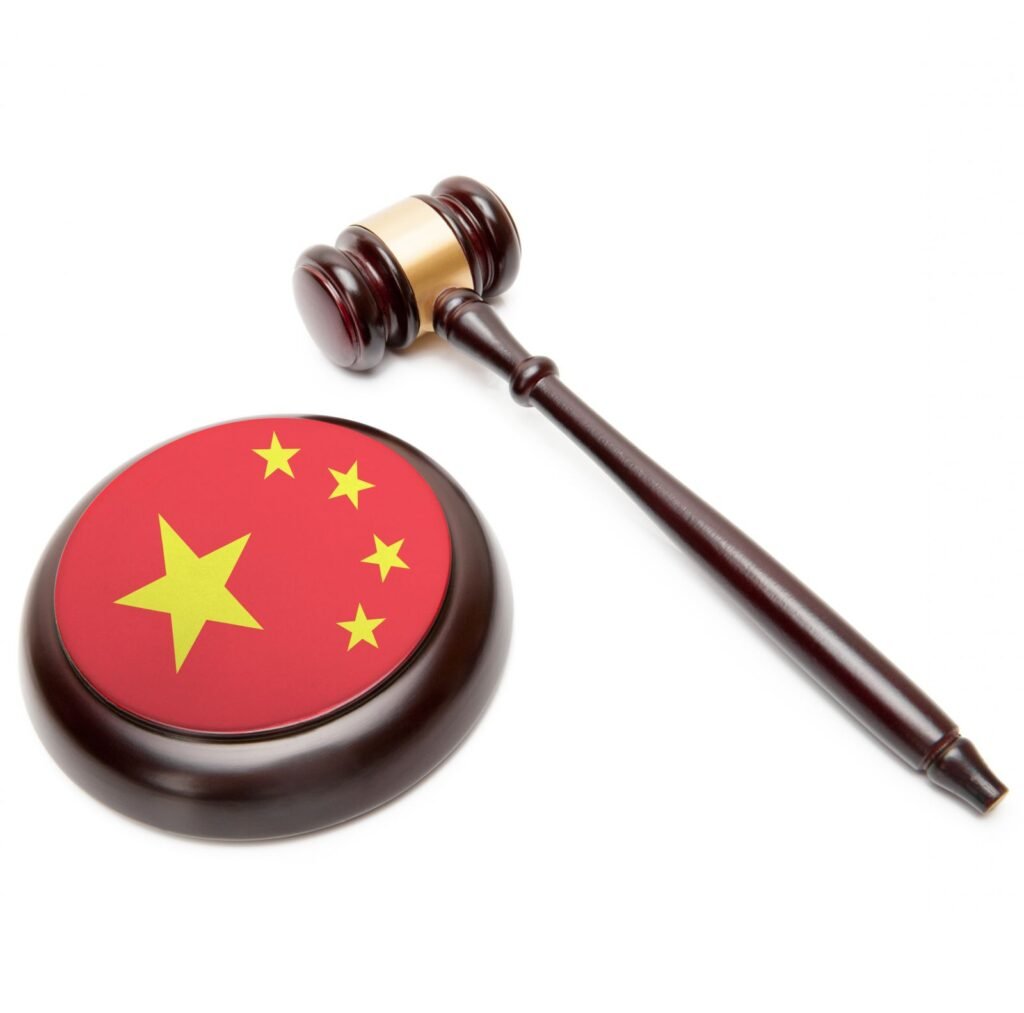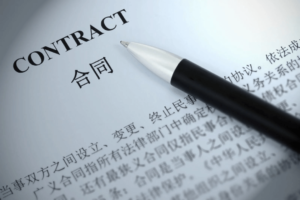Table of Contents
ToggleIntroduction
China’s intellectual property laws, particularly its patent system, form a comprehensive framework for securing inventions and sustaining a competitive advantage. With a variety of patent types — including the invention patent, utility model patent, and industrial design patent — these legal structures ensure robust protection for innovation. As part of this system, China operates on a first-to-file patent system, which provides patent rights to the first individual or entity to file a patent application, regardless of who initially conceived the invention.
The Different Types of Patents
The Chinese patent system delineates three primary types of patents, each with its own specific protections and duration.
- Invention Patent: This type of patent safeguards innovative technical solutions related to products, processes, or their improvements. From the date of filing, it provides 20 years of protection.
- Utility Model Patent: Focusing on the practical aspects, this patent type shields solutions related to the shape, structure, or combination of a product. The protection it offers lasts for 10 years from the filing date.
- Industrial Design Patent: This patent type grants protection to new designs concerning the shape, pattern, or combination of color and shape of a product. It provides 15 years of protection from the filing date.
The First-to-File System
China’s first-to-file system is an integral aspect of its patent law. Under this system, the first individual or entity to file a patent application is granted patent rights, irrespective of who initially made the invention. This mechanism underscores the importance of promptly filing for patent protection upon developing a potentially patentable invention.
Notably, holding a patent in another country does not automatically confer patent rights in China. This emphasizes the necessity of filing a patent application directly in China to secure protection within the country.
Filing a patent application directly in China tends to be quicker and more efficient than relying on international patent applications. This direct approach provides a more robust defense against potential infringers operating within the Chinese market.
The Importance of Patents in China
Patent protection in China is vital for businesses for a variety of reasons. It can prevent infringement, maintain market share, and avoid expensive and time-consuming legal disputes. These protections allow businesses to innovate with confidence, knowing that their intellectual property is safeguarded.
Furthermore, it is worth noting that Chinese companies often actively protect foreign patents within China. They recognize the significant role effective patent application and protection play in the Chinese market.
The Advantage of the First-to-File System in China for Chinese Companies
The Chinese patent law, notably its first-to-file system, inherently provides a competitive edge to Chinese companies if the foreign company is not proactive and protects their patent as soon as possible in China. This advantage arises from several unique factors.
- Understanding of the System: The first-to-file patent system in China is second nature to Chinese companies. Having been molded by this system, they have a thorough understanding of the specific processes involved. Their knowledge spans everything from filling out applications and understanding complex documentation to knowing how to expedite the filing procedure, all crucial for ensuring rapid patent protection.
- Swift Filing Process: Chinese companies are often better placed to file patent applications promptly. Their advantages include geographic proximity, fluency in the local language, and ready access to domestic legal expertise. The first-to-file system awards patent rights to the initial applicant, making this speed advantage potentially crucial.
- Market Vigilance: Chinese companies, owing to their local presence, are in a better position to keep an eye on the domestic market for new and potentially patentable innovations. Their ground-level presence allows them to quickly identify, develop, and file patents for innovative solutions, giving them a leg-up over foreign competitors who lack this intimate market connection.
- Aggressive Patent Strategy: It is a common practice for Chinese companies to pursue a robust patent filing strategy actively. By securing as many patents as possible, they not only increase their intellectual property holdings but also create a more challenging landscape for foreign companies, which may struggle to navigate around these existing patents.
- Protection of Foreign Patents: When manufacturing products for foreign businesses, Chinese companies often actively safeguard these foreign patents. By doing so, they stand to earn profits from licensing or manufacturing agreements. In some instances, this protection can also provide them with a basis to establish their own competing products, thereby expanding their market presence and profitability.
Despite the apparent neutrality of the first-to-file system in China, the practical application tends to favor local companies. Thus, foreign entities seeking patent protection in China should seek expert legal counsel and build a proactive patent strategy as early as possible.
Leveraging Foreign Patent Rights in China: Understanding the Importance of Timing
When an innovator or company has successfully protected a patent abroad and wishes to extend that protection to China, it can invoke the ‘right of priority’ under the Paris Convention. This international treaty, which counts China among its signatories, offers patent applicants a so-called ‘priority date’ from their initial filing in one member country. This date can be used for subsequent filings in other member nations, including China.
The Priority Window: A Matter of Timing
The right of priority under the Paris Convention allows for a 12-month period (for invention and utility model patents) and a 6-month period (for design patents) from the initial filing date in the first country. During this period, any subsequent filings in other member countries will be considered as having the same filing date as the original filing. This priority period is critical, as it effectively allows inventors to retain their initial filing date across multiple countries, buying them time to prepare comprehensive applications without the risk of being overtaken by others due to the first-to-file system.
In practical terms, if a patent application is filed in another country and a corresponding patent application is filed in China within the appropriate 6 or 12-month period, the filing date recognized by the Chinese patent office would be the same as the initial foreign filing date.
Importance of Adhering to the Priority Period in China
Maintaining the priority date across different jurisdictions offers a significant advantage, particularly in a first-to-file system like China’s. Without this safeguard, if an innovator misses the priority period, another individual or entity could secure a patent for the same invention in China before the original inventor, effectively locking the inventor out of patent protection in the country.
Moreover, once the priority period has passed, it could be a complex and arduous battle to reclaim patent rights if another party has already secured them in China. This could lead to time-consuming, costly legal disputes, and, in some cases, the original inventor might not be able to regain the patent rights at all.
The right of priority, therefore, provides a valuable window for the applicant to not only establish an early filing date but also navigate the complexities of the patent system in China and potentially adapt the application to address variations between different patent systems. Consequently, understanding and utilizing the priority window is critical for effective patent protection in China.
Conclusion
Navigating the complexities of China’s first-to-file patent system is a critical task for any inventor or company aspiring to secure intellectual property rights in this vast market. Understanding the available patent types and recognizing the inherent advantages Chinese firms enjoy within this system form the foundation of a sound intellectual property strategy.
A key lifeline for foreign patent holders desiring to protect their inventions in China is the ‘right of priority’ granted by the Paris Convention. This provision offers a distinct time frame during which inventors can file their patents in China while preserving their original filing date from their home country, thereby providing them with valuable time to align their applications with the specifics of the Chinese patent system.
However, it is imperative to underscore the significance of filing patent applications as early as possible. The right of priority offers a temporary window of opportunity, and once it expires, securing patent rights if another party has already done so in China can become an uphill battle, fraught with lengthy, costly legal challenges and no guaranteed outcome in reclaiming the patent rights.
This urgency to act quickly is further amplified by the first-to-file system. In a landscape where the reward goes to the swift, each moment of delay can potentially open up opportunities for other parties to stake their claim. Therefore, when it comes to patent applications in China, speed is not merely a virtue—it is a necessity.
Regardless of being a local inventor or a global enterprise, a comprehensive understanding of the Chinese patent law, especially the first-to-file system, is fundamental to protecting your innovations. By taking swift, decisive action and adopting a strategic approach to patent applications, one can safeguard their competitive edge and foster enduring success in one of the world’s most vibrant and rapidly-evolving markets.
Contact us if you need legal help in China, like drafting contracts that follow Chinese law, background investigation of Chinese companies, protecting patents and trademarks in China and internationally, and verification of contracts to the law in China, etc.
If you require our assistance or have further questions about our services, please do not hesitate to contact our Customer Relationship Manager, Jan Erik Christensen, at janerik@ncbhub.com. We look forward to hearing from you and helping your business succeed in China.








